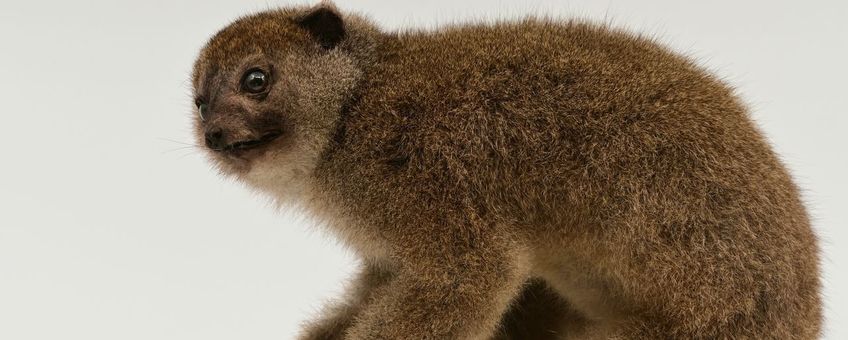
Sorting species: the first type catalogue of the mammal collection is a fact
Naturalis Biodiversity Center“This lemur is brown.” These kinds of old, concise notes were often encountered by Pepijn Kamminga, collection manager of the bird and mammal collection, when he and his colleagues compiled the first type catalogue for the mammal collection of Naturalis. For five years, together with colleague Steven van der Mije, he combed through hundreds of descriptions and collection registers. In doing so, they built on the work that had already been started in the 1990s by former collection manager Chris Smeenk. The result is a comprehensive overview: a type catalogue that forms the foundation for future research into mammals.

What is a type catalogue?
“To understand what a type catalogue is, you first need to understand what a type specimen is,” Pepijn explains. A type specimen is the individual used when describing a new scientific name. The specimen serves as an official reference: from that moment on, it is no longer just an echidna; it is the echidna. “When a scientist believes they have found a new species, they must always go back to the type specimens of closely related species: does this really represent a new species, or does the species already exist?”, Pepijn clarifies.
Type specimens are often preserved in scientific collections. This is also the case in the collection tower of Naturalis, where they are marked with a recognizable red sticker. A type specimen can be a single individual: a holotype. But sometimes it concerns a series of individuals that together form the reference (syntypes). These can, for example, be both the male and female of the species in question. In addition, there are paratypes: specimens that support the holotype by showing variation within the species. “There is always only one holotype,” Pepijn emphasizes. “There can be no doubt about that.”
The detective work behind the catalogue

The first descriptions of the Naturalis collection date back to the 19th century. But many old descriptions are vague or incomplete. “I’m amazed at how brief people used to write things down,” Pepijn says with a laugh. “Sometimes it only said that an animal was ‘brown’.” It took a great deal of detective work by Pepijn and his colleagues to link such concise notes to the correct type specimens.
The type catalogue provides clarity. It not only contains a list of type specimens in the Naturalis collection, but also references to the original description of the species, information about the type status (holotype, paratype, syntype), and details about what is actually preserved in the collection. Is it a skin, a skeleton, or an entire mounted specimen?
An important link in scientific research
For researchers worldwide, the type catalogue offers a reliable overview of which mammals are housed at Naturalis. In the new catalogue, no less than 405 scientific names are documented with their tangible type specimens.
The value of the catalogue goes far beyond the description of the species alone. Nowadays, DNA research is increasingly used to compare species. In that context, the type specimen can once again play a crucial role: does the genetic information match the name under which the animal was originally described? Also, a good description of type specimens helps to better understand evolutionary patterns.

The work is never finished
Although the catalogue is a milestone, for Pepijn it is above all a starting point. “We have described the first half of the mammal collection; now we are getting to work on describing the second half,” Pepijn explains. “In addition to the already described groups such as rodents, primates, and marsupials, dozens of other mammal groups are still waiting for their place in a catalogue.” The second type catalogue of the mammal collection will likely require as much work as the first.
Moreover, the first catalogue will be continually supplemented with new information. Sometimes a type specimen that was long thought lost is rediscovered, or Naturalis receives updates from colleagues working on other collections around the world. Pepijn clarifies: “The foundation remains in place, but with input from outside, we can keep updating the catalogue. In short: the work is never finished.”
More information
Text: Rachel Engelkes, Naturalis Biodiversity Center
Images: Naturalis Biodiversity Center (lead image: holotype grey bamboo lemur)
